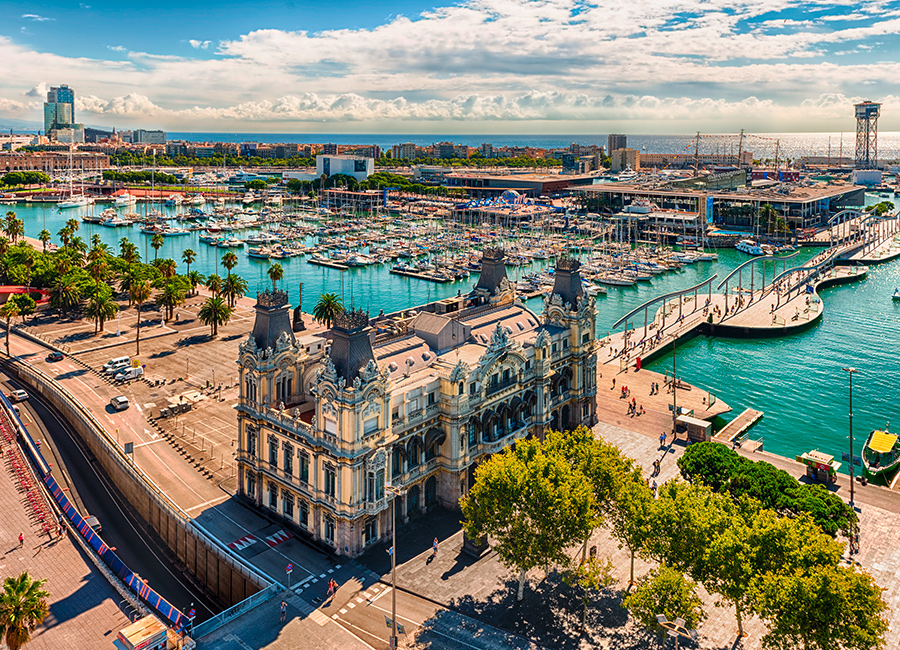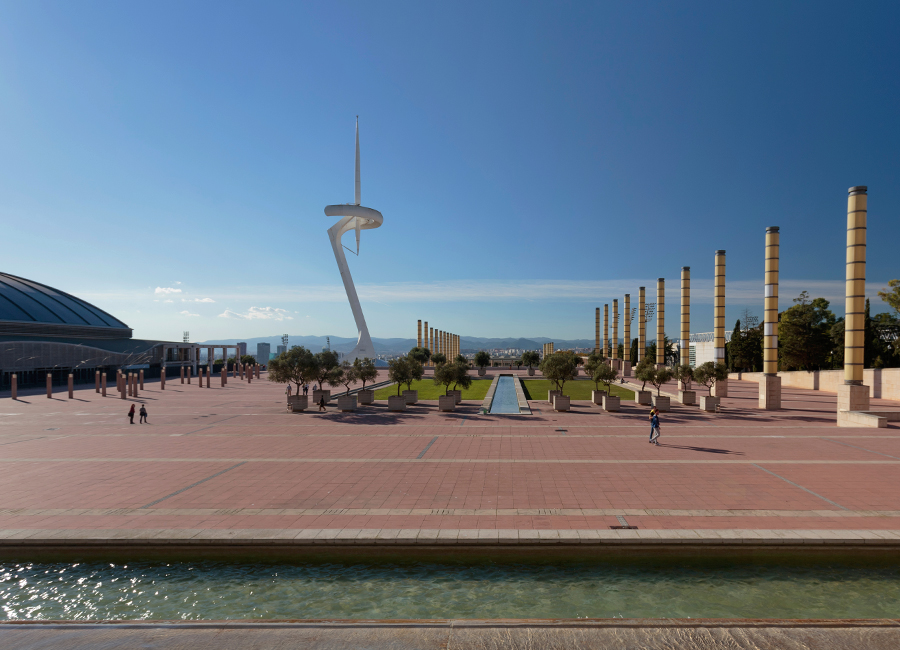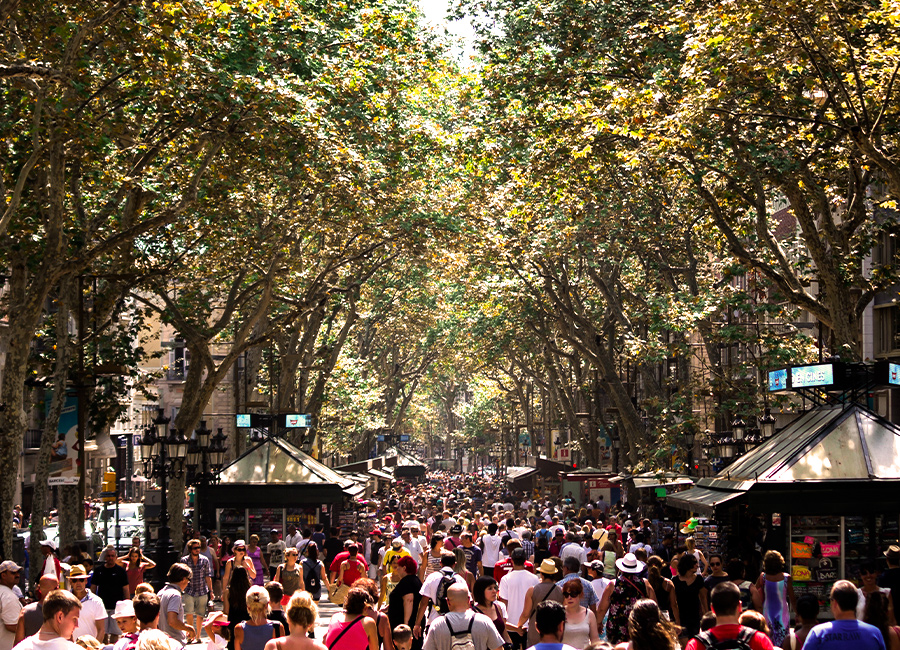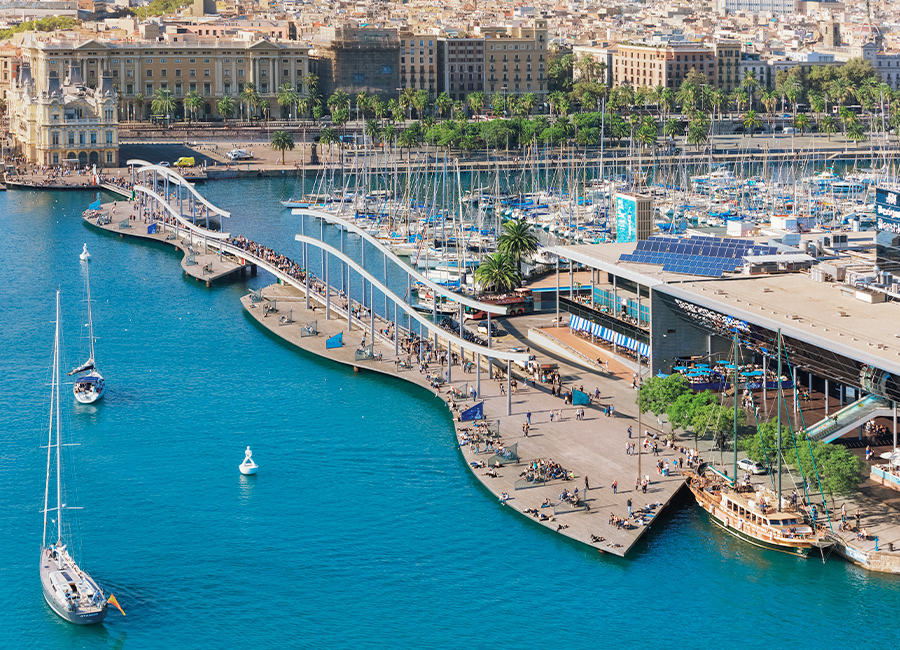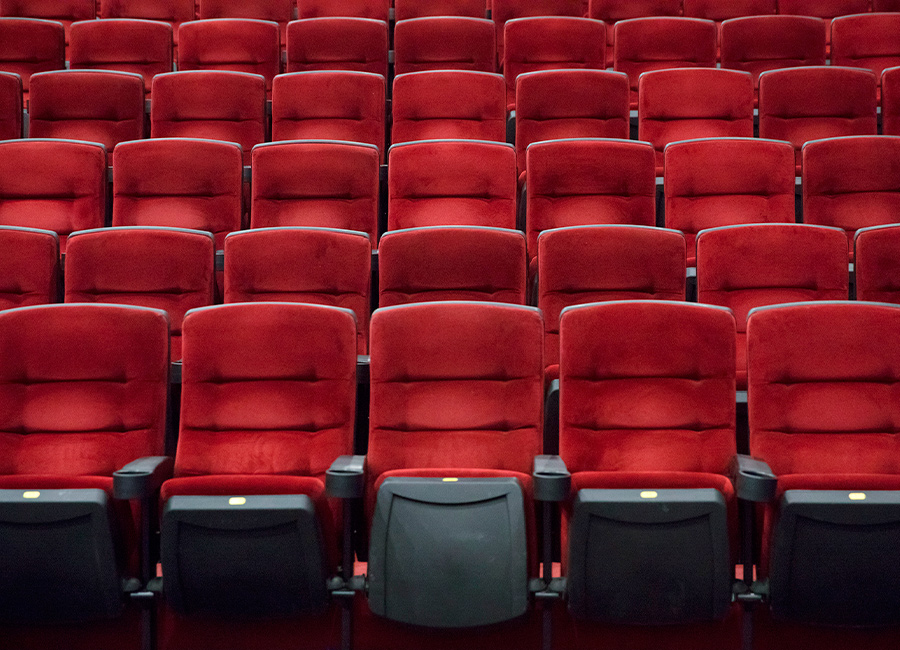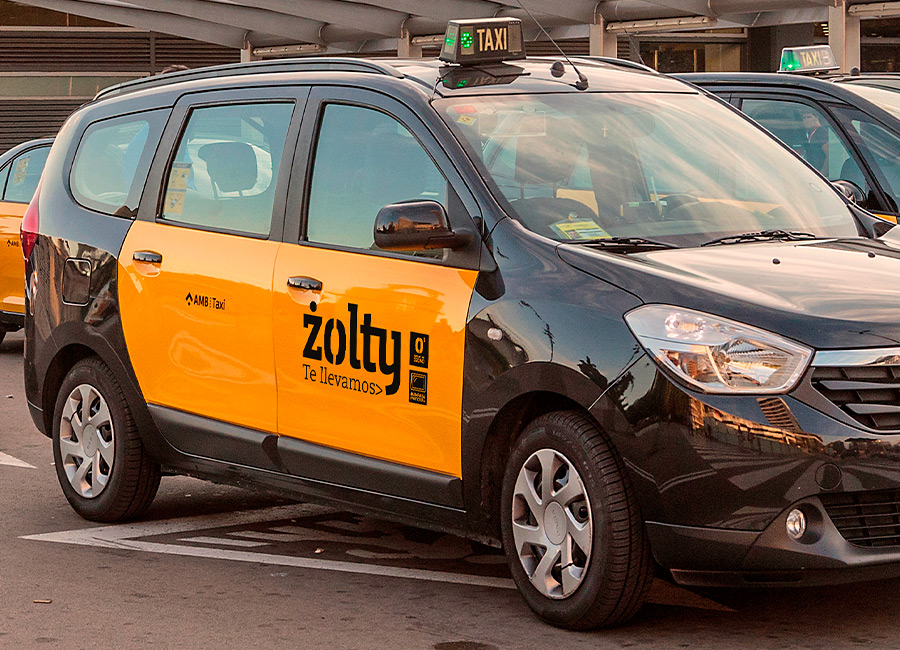A walk through the port of Barcelona
The Port of Barcelona, as well as being an important economic exchange point, is excellently located for a walk along Barcelona’s seafront.
The Port of Barcelona occupies a large area of land and, obviously, its adjacent waters. More than 800 hectares is enough space to accommodate large cargo and passenger piers and storage of goods, but it has also left a good percentage for leisure spaces and business centres.
The section that extends the central promenade of Las Ramblas, whose final point is the monument to Columbus, leaves us at the foot of the Port Vell. Here we can begin or end a magnificent route, enjoying different areas that blend in with the landscape.
We find Maremagnum, a semi-open shopping centre, which integrates restoration and commerce in a delicate balance, sheltered by a very peculiar architecture and linked to the docks through an iron and wood footbridge that constitutes in itself a promenade of leisure.
The Port Vell, located between Ciutat Vella and La Barceloneta, was not integrated into the city until the 1992 Olympic Games. As a result of this important event on a world scale, the whole area that was popularly known as Moll de la Fusta, a vast storage area for wood and goods in the open air that prevented free pedestrian traffic, was reconstructed.
This transformation allows the Port Vell to operate as a marina, housing the Barcelona Royal Yacht Club, the Barcelona Royal Maritime Club and the Port Vell Marina for luxury yachts. Today, the increasingly reduced area for professional fishing is still in the Moll dels Pescadors, where the Barcelona Fishermen’s Guild and the fish auction market are located.
In the area mentioned above, between the Columbus Monument and the Maremagnum, we find the Palau de Mar, which houses the Museum of the History of Catalonia, the World Trade Center, an important business centre, and the Aquarium, the most important centre in the world in terms of the Mediterranean sea.
We cannot finish this tour without going a few metres further and visiting the Maritime Museum of Barcelona, located in the building of the Royal Shipyards of Barcelona, a space dedicated to shipbuilding between the 13th and 18th centuries, whose existence is documented since 1243. The Museu Marítim is a reference institution of Mediterranean maritime culture whose main task is the interpretation and dissemination of the culture of the sea.
In order to enjoy this wide range of activities to the full, we suggest you order a Zolty, the best way to forget about parking and the inconvenience of searching for the area. Open your Zolty App and choose among all the available vehicles around you, closed rate or taximeter, easy, fast and safe. You only have to worry about having a good time.



